Interview
Kanpur, 1970s: Strikes, Struggles, and Solidarity: In Conversation With Subhashini Ali
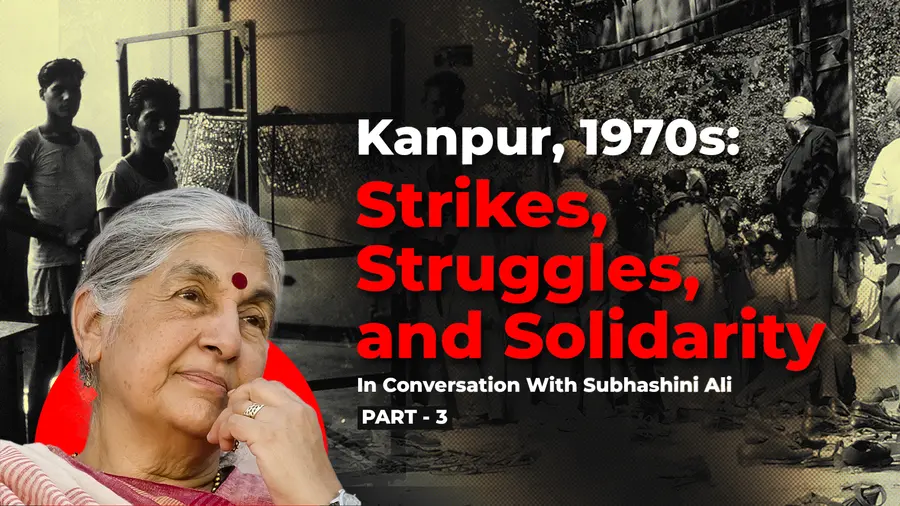
Anusha Paul
Published on Apr 26, 2025, 05:20 PM | 9 min read
In the 1970s, the Left, particularly the CPI(M), was gaining significant momentum across India, while globally, people’s resistance movements were also on the rise. How did this broader political shift and the growing influence of Leftist ideologies shape the workers’ movements in Kanpur during that time? Could you share how these developments impacted the unity, organisation, and struggle of workers in the city?
Between 1970 and 1974, when I was working in Kanpur, the country was going through a lot of unrest. Industrial workers were protesting all over India. The Left, especially the CPI(M), though still young, was gaining strength in Bengal and Kerala. It was becoming a real challenge to the Congress, which was turning more and more authoritarian. In Bengal, the first non-Congress government came to power, and Comrade Jyoti Basu became the Home Minister.
At that time, the jute mill workers in Bengal — mostly poor migrants from Bihar and UP who had worked in the industry for generations — went on strike. What was different this time was that the police were not sent to support the factory owners. There were no attacks on the workers, no hired thugs to break the strike. Within days, the owners agreed to negotiate. The workers won a 30 rupees monthly pay raise — a big amount in those days. This victory, and Com. Jyoti Basu’s role in it, made waves all over the country — including among jute workers in Kanpur.

(Jyoti Basu leading Left Front March in 1970's. Courtesy: X)
The mill in Kanpur was part of the JK group, which also owned textile mills, a rayon factory, and even electronics units. The jute mill workers were represented by the Hind Mazdoor Panchayat (HMP), but they were deeply inspired by what had happened in Bengal. The union leaders — Banke Behari, Hathi Pandey, Jafar Chachcha, and others — met with Com. Ram Asrey, who led a strong Centre of Indian Trade Unions (CITU) union in the JK Rayon factory, told him they were planning to go on strike. They asked for his support, and for the Party’s. This was a big moment for our organization. The jute mill had around 4,000 workers and the HMP union had a strong presence. Interestingly, there was only one CPI(M) member in the mill — Com. Zaeef from Bihar — and he was actually in the AITUC union, based on an old Party decision!
The strike was completely successful, but the state government reacted harshly. The Labour Minister at the time was Ganesh Dutt Bajpai, a trade unionist himself who had once been a part of the Suti Mill Mazdoor Sabha that led the historic 80-day textile workers' strike in 1955. That union was now affiliated to the CITU. Bajpai, affectionately known as ‘Daddu’, was a neighbour and close friend of Com. Ram Asrey. He took the strike very personally, as an affront to his ego. Many of the workers involved were people he considered his followers , and he could not tolerate that they had gone on strike while he was the Labour Minister.
That strike taught me a lot. The police and state, even those we thought of as good people, stood firmly with the factory owners. They tried hard to break the strike, but the workers stayed united and strong. Jute sacking was in high demand back then — plastic sacks had not yet taken over — so within a week, the owners gave in. The workers won a raise of 29.50.rupees The missing 50 paise was left out so that ‘Daddu’ could save face — but it only made him more determined to go after Com. Ram Asrey and his comrades.
As I said earlier, the CITU had a strong union in JK Rayon. That factory was located on the outskirts of Kanpur in Jajmau, where the tanneries were.
My real introduction to trade union life started there. I became joint secretary of the union and would travel often to the JK Rayon colony. There was no public transport, so we would ride horse-drawn carts called ‘khadkhadas’ for a bumpy ride to Jajmau. Spending time there opened my eyes. I learned how factories functioned, how workers lived, and how deep-rooted patriarchy and caste were. Coming from a privileged and progressive family, I had been very naive. I was shocked by the openly anti-women comments from workers and by how certain castes dominated different factory departments.
Even so, the JK Rayon workers, thanks to Com. Ram Asrey and the union’s influence, were brave and class-conscious. Their support was crucial in organising tannery workers — a much tougher task. Most tanneries were owned by Muslims from Eastern UP and Bihar, with a few from the more business-oriented 'Bisati' Muslim Khatri community. The workers were mainly Dalits and poor Muslims from the same areas. They were paid very poorly, worked in terrible conditions, and were treated almost like bonded labour. Because of their ties with the owners, many were afraid to speak up. Beatings, verbal abuse, and sudden dismissals were common.
Still, we slowly won their trust and formed a union. We held protests and even managed factory-wide strikes. I still remember one tannery owner complaining, “Sahgal sahab (my father, the General Manager of the British-owned Cooper Allen Tannery, who had helped many of these owners shift from tanning to manufacturing soles and shoes) is such a decent man. And look at his daughter—she’s completely out of control!”
Related News
However, things gradually improved for tannery workers. During the 1970s and ’80s, the tanneries expanded, especially as new export markets opened up. At the same time, so much was happening on so many fronts. Around this time, the Party decided to form a new youth organisation, since the one many young comrades belonged to was still under CPI control. The split in the Communist Party was still fresh and bitter. In one of our early processions, a popular slogan went, “Dange ke haath se lal jhanda, chheen lo, Chheen lo!” (Take the red flag from Dange’s hands!) — Dange being the tallest CPI leader at that time.
A few of us were asked by the UP State Committee to draft a manifesto for the new youth organisation. Before I knew it, I was named Sanyojak—Convenor—of the new body. I didn’t even know what Sanyojak meant! My Hindi improved quickly after that. We brought in many young comrades — Sridhar Sharma, Dr. Anand Srivastava, Kamal Singh, Avdhesh, and others. Our leader, of course, was Com. Daulat. Sridhar and Anand stayed with the CPI(M) until their deaths—Sridhar served as District Secretary for several years and was a sharp, well-read comrade. Kamal was a passionate comrade but an anarchic. After Com. Ram Asrey died, Kamal left Kanpur and became a Naxalite.
Com. Daulat was a huge inspiration. He came from the Kori Dalit community, traditionally weavers from Bundelkhand who had moved to Kanpur to work in the textile mills. Many from his community were Party members. His father worked in JK Cotton Mills, which was called baada because it was built on old pig sheds. There was also a big defense factory in the city, known as Killa, believed to be on the ruins of Nana Sahib’s fort from 1857.
During the 1955 textile strike, Daulat was just a boy but insisted on joining the march from his basti, Chamanganj Koriana, to the meetings held across the river in Unnao due to prohibitory orders in the city. Thousands of workers went there every day. Daulat, with his red flag, was a familiar and beloved figure. He would come back exhausted, often asleep in someone’s arms, but would be ready again the next morning.
His grandfather had a liquor license and owned a few shops. When Daulat joined the Party before turning 18, one of his first acts was to go on hunger strike to shut down his grandfather’s liquor shop. His family’s financial condition worsened. His father lost his job. His mother — a remarkable and dignified woman — would travel to her village twice a year to work in the fields and bring back grain. Even when Daulat became a top State Party and trade union leader, she never accepted help. She and my mother were close, and whenever she was exhausted, my mother would bring her to her nursing home for rest and care.
Daulat was a true organic working-class hero. He could have gotten a government job or gotten married, but he stayed single and dedicated his whole life to the Party. He lived with constant hardship — hunger, illness, and an endless focus on the struggles of workers and his community.
We worked together in the youth organisation with the belief that it should closely support workers and unions. Though we later realised this approach was somewhat sectarian, at the time, it felt full of purpose.
The year 1970 was important globally, too. The Vietnamese people’s victory gave us hope. Then, in Pakistan, Mujibur Rahman’s electoral victory was denied. This led to horrific violence by the Pakistan Army and the mass exodus of refugees into West Bengal.
My mother, who had by then become deeply involved in our trade union work, responded to Com. Jyoti Basu’s appeal for doctors and volunteering at a refugee camp in Bongaon, run by the People’s Relief Committee. Her time there deeply impacted her. She saw firsthand the dedication of CPI(M) workers. As I mentioned earlier, that experience helped her decide to join the Party. My mother joined the CPI(M) at the age of 57. When asked how she felt, she said, “It feels like coming home.”
The early 1970s, Kanpur’s workers' movement was deeply influenced by the rise of Leftist politics, especially the CPI(M)’s growing strength and the inspiring victories in Bengal. Strikes, solidarity, and union-building gave workers a new sense of power and purpose. Despite repression, they stayed united, and a generation of leaders emerged from their ranks. It was a time when ordinary people, driven by ideology and struggle, transformed the landscape of labour politics in the city .



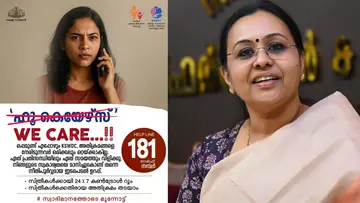
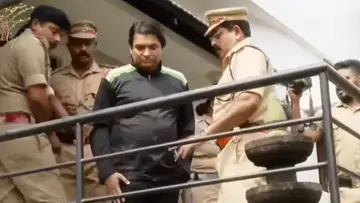

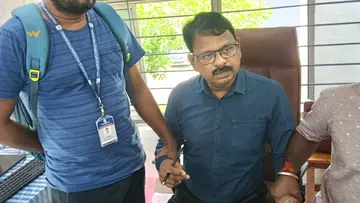
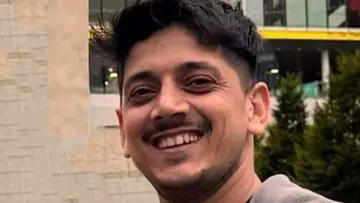


0 comments